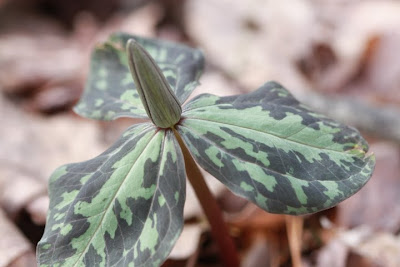Monsanto
had it coming. They monkeyed up their own breed of plants, allowed their crops to contaminate and ruin crops on organic farms, and then abused the court system to complete the destruction of said organic farms.
Small farms, mind you. The sort of farms that struggle to stay in the black while trying to produce healthful food in an ecologically sensitive manner. That's like kicking a kitten.
As of this point, I am under the impression that Monsanto has given up such efforts in order to not look so much like they are kicking kittens, but whether or not that is the case, their actions have come back to haunt them. Just like a super hero (or a super villain; take your pick), Monsanto has created its own enemy.
It would be so comforting to take the side of the little guys here. It's a darn good thing that these small farms are able to group up and use the court system to block the mega-company from pulling any more legal shenanigans - and I hope they win! But the sheer idiocy of some of their comments keeps me from being more completely on their side. For example:
Dewane Morgan of plaintiff Midheaven Farms in Park Rapids, Minnesota, said, "For organic certification, farmers are required to have a buffer zone around their perimeter fields. Crops harvested from this buffer zone are not eligible for certification due to potential drift from herbicide and fungicide drift. Buffer zones are useless against pollen drift.
Keeping a field of a crop a certain distance from another crop that would contaminate it is the traditional way of keeping crops from being pollinated by the wrong strain of crop. It should fall to Monsanto to maintain the necessary buffer zones, but that's not what she is saying.
"David Murphy, founder and Executive Director of plaintiff Food Democracy Now! said, “None of Monsanto’s original promises regarding genetically modified seeds have come true after 15 years of wide adoption by commodity farmers. Rather than increased yields or less chemical usage, farmers are facing more crop diseases, an onslaught of herbicide-resistant superweeds, and increased costs from additional herbicide application."
Monsanto insists that their crop yields have increased, and organic farmers insist that they haven't. One of these entities is wrong. One of these entities, or perhaps both, is bending the truth to prop up their view of reality. And in at least one respect, it is the organic farmers doing the bending. What got left out of the above list? That poisons now used to bolster production of GM crops are far and away less harmful than the poisons that they replaced, such as
organophosphates and
atrazine. Or that a crop can be certified organic but be
more harmful to the environment than its conventional counterpart. Or that Bt, the poison that certain GMO crops have been induced to create on their own, is acceptable for use on
certified organic crops, as well as routinely dropped into otherwise protected backyard wetlands by local governments in their attempt to keep the mosquito populations down.
Here is a lovely post from the Scientist Gardener discussing a Big Ag discovery that
greatly reduced fungicide use on rice crops. And would you believe it? Big Ag doesn't think that monocultures of crops are so great, either.
I get the feeling that too many on the organic side don't bother to do any research on what Big Ag is up to, outside of the nasty sphere of legal-system abuse. Big Ag has a lot of actual scientists on its side, and as a rule, scientists are smart and reasonably ethical people who know how to do their homework and who typically don't want to jeopardize their standing as scientists by being unscientific within their field of expertise.
Anyway, I'm getting quite ranty, so on to the next quote:
"Rose Marie Burroughs of plaintiff California Cloverleaf Farms said, “The devastation caused by GMO contamination is an ecological catastrophe to our world equal to the fall out of nuclear radiation. Nature, farming and health are all being affected by GMO contamination."
. . .
I would like to know if this statement was made before or after the current crisis in Japan. And I will now spare everyone the sounds of my gag reflex and move on. . .
Mark Kastel, Senior Farm Policy Analyst for plaintiff The Cornucopia Institute said, “Family-scale farmers desperately need the judiciary branch of our government to balance the power Monsanto is able to wield in the marketplace and in the courts. Monsanto, and the biotechnology industry, have made great investments in our executive and legislative branches through campaign contributions and powerful lobbyists in Washington. We need to court system to offset this power and protect individual farmers from corporate tyranny. Farmers have saved seeds since the beginning of agriculture by our species. It is outrageous that one corporate entity, through the trespass of what they refer to as their 'technology,' can intimidate and run roughshod over family farmers in this country. It should be the responsibility of Monsanto, and farmers licensing their technology, to ensure that genetically engineered DNA does not trespass onto neighboring farmland. It is outrageous, that through no fault of their own, farmers are being intimidated into not saving seed for fear that they will be doggedly pursued through the court system and potentially bankrupted.”
Now this makes sense, finally. Of all the stuff the organic farmers are throwing at the wall, this will be the one that sticks. Good luck with the lawsuit, guys!































